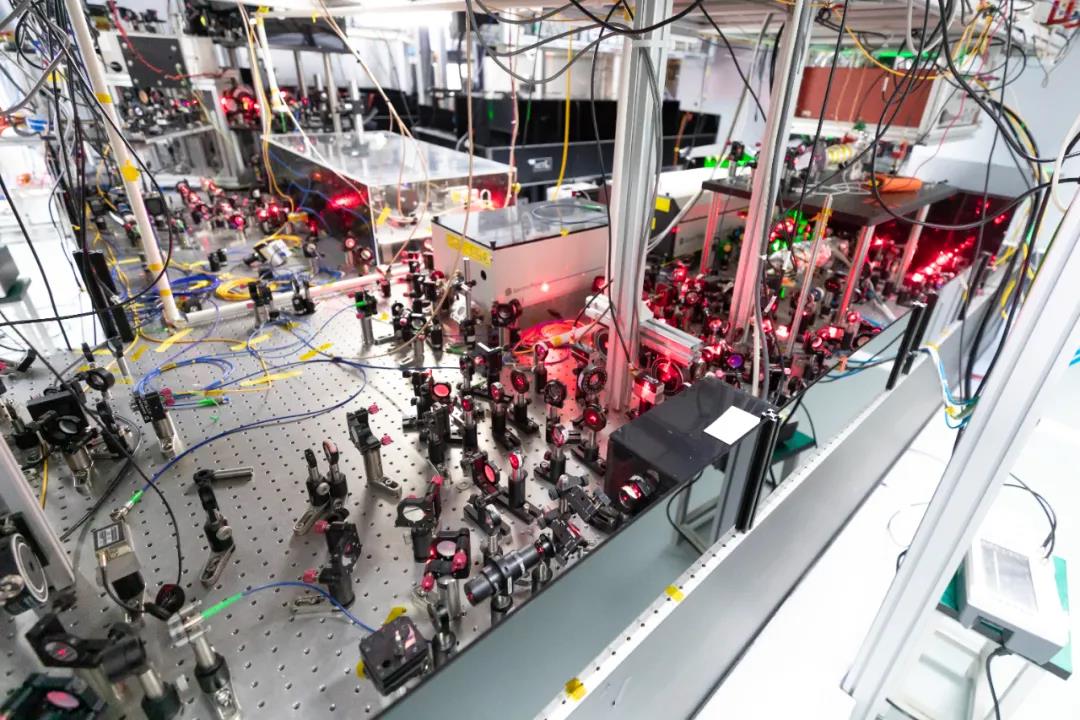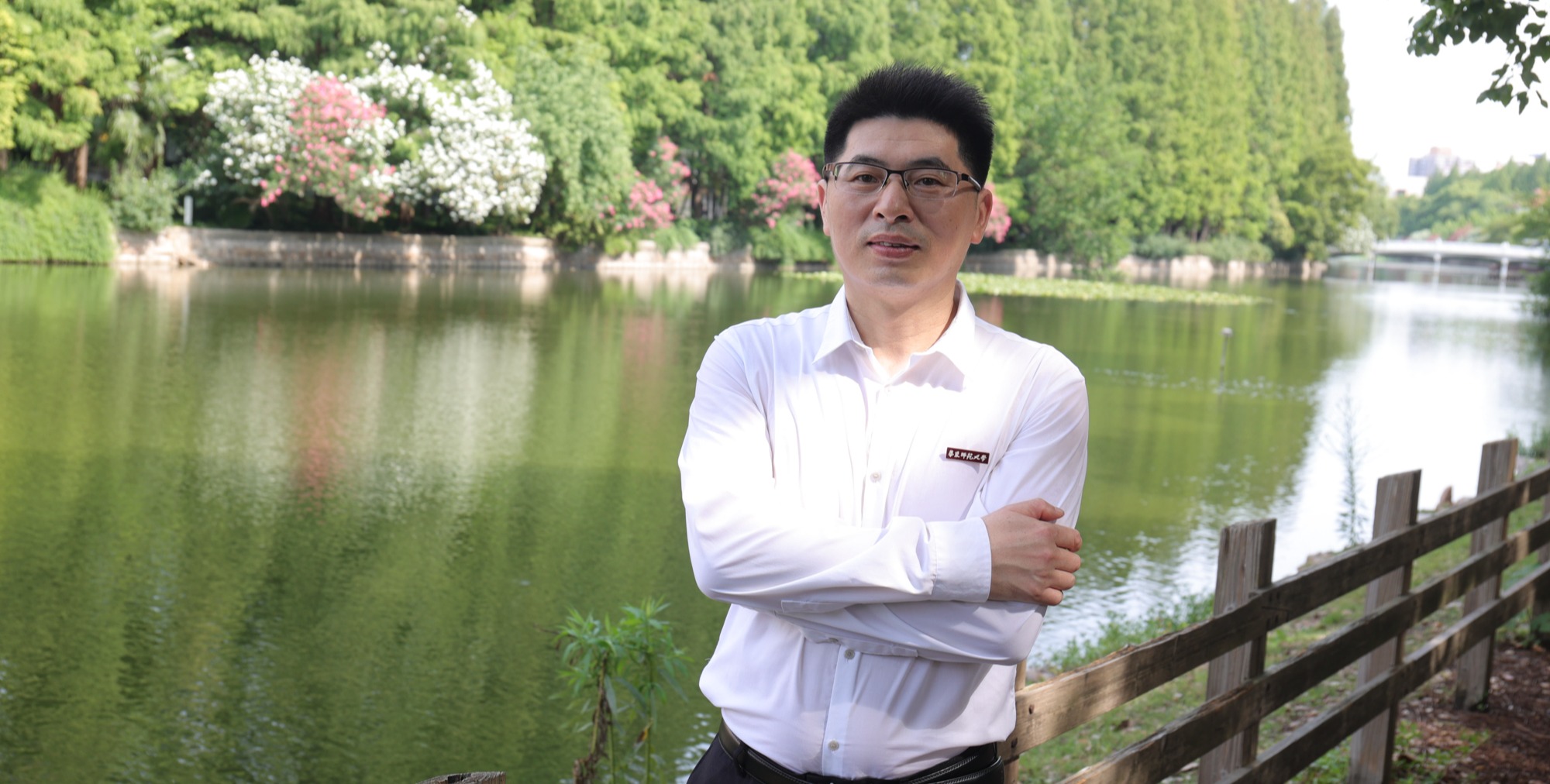A research team headed by Prof. Haibin Wu from the State Key Laboratory of Precision Spectroscopy of East China Normal University (ECNU) realized a coupled-mode nanomechanical heat engine in a cavity optomechanical system. This is of great significance for the study of stochastic and quantum heat engines in small systems.
The achievement was published in Science Advances on December 8, 2021 with the title of “Realization of a coupled-mode heat engine with cavity-mediated nanoresonators. ECNU is the first affiliation. Prof. Jiteng Sheng is the first author and Prof. Haibin Wu is the corresponding author.


Prof. Haibin Wu and Prof. Jiteng Sheng
Heat engine, as an essential achievement in thermodynamics, has regained significant attention in the nonequilibrium regime with the developments in nanotechnology and laser cooling. Heat engines at nano/microscales or single-atom levels have been experimentally realized with a single trapped ion, nano/microresonators, nitrogen vacancy centers, cold atoms, and nuclear spins. On the other hand, optomechanics, because of the flexible controllability and extremely low decoherence of mechanical oscillators, has witnessed tremendous achievements in exploring quantum physics in mesoscopic ormacroscopic scales and ultrasensitive metrology. Recently, significant progress in fabrication of mechanical devices at micro- and nanoscales has made the optomechanical system as an excellent candidate for studying nonequilibrium thermodynamics. A hallmark example is to study the stochastic and quantum heat engines in such a system. Although the optomechanical system has several appealing advantages, for example, it is a truly mechanical system and has the ability to operate deep in the quantum regime, and several theoretical models for heat engines in optomechanics have been proposed, the experimental studies of heat engine in cavity optomechanical systems remain elusive so far.

In this work, the researchers demonstrate a coupled-mode stochastic heat engine in a multimode optomechanical system with two nanomechanical membranes inside an optical cavity. Although the strongly coupled oscillators have been intensively investigated as an important model of stochastic or quantum heat engines in many theoretical works, the experimental demonstration has not been reported. They extend the proposal and realize a heat engine based on cavity-mediated strongly interacting nanomechanical membranes. The normal mode of two nanomechanical resonators is used as the working medium, and an Otto cycle is implemented by controlling the frequency of membrane and the phononic thermal bath. They have developed a method to analyze the work and efficiency of such a coupled-mode engine in the normal mode and bare mode pictures, incorporating the technique of single trajectory real-time measurement. The correlation of two membranes plays an important role and performs considerable work in the thermodynamic cycle. Moreover, such a multimode system can be straightforwardly extended to multicylinder heatengines. A straight-twin nanomechanical heat engine is realized by engineering the normal modes and exploiting two normal mode branches alternatively in the same thermodynamic cycle. The realization of such a coupled-mode heat engine with optomechanics extends the nanomechanical heat engines to multipartite systems with high flexibility and provides an opportunity to study more interesting phenomena in nonequilibrium thermodynamics with interacting systems.
Prof. Haibin Wu's research team focuses on the field of cavity optomechanics, especially on the fundamental physics of quantum mechanics in macroscopic scale, and the development of quantum sensing and devices. The team realized a two-membrane-in-the-middle optomechanical platform with high flexibility and controllability. Recently, they have demonstrated the self-organization synchronization of phonon lasers [Phys. Rev. Lett. 124,053604 (2020)], and realized a novel mechanism of phonon heat transport [Nat.Commun. 11, 4656 (2020)].

Source: State Key Laboratory of Precision Spectroscopy
Copy editor: Philip Nash
Editor: Li Mengjie


















